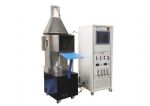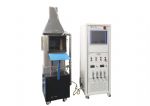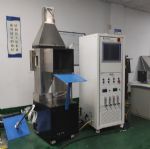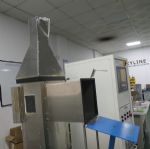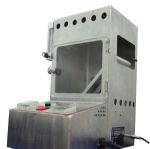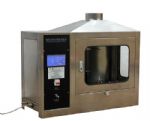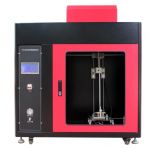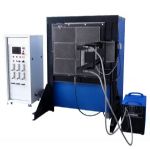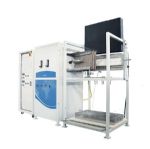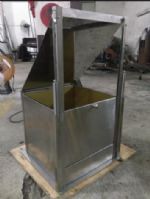- Product Catagory
- Tensile Strength Testing Machine
- Cables Flammability Testing Equipment
- Building Materials Flammability Testing Equipment
- Luggage Test Machine
- Textile Testing Equipment
- Color Fastness Instruments
- Textile Physical Test Instruments
- Lab Dyeing Instruments
- Flammability Test Chamber for Textile
- Consumables for Textile Testing
- Toys Safety Testing Equipment
- Physical & Mechanical Testing
- Flammability Testing
- Clamps for Toy Testing
- EN71-8,ISO8124-4
- Furniture Testing Machine
- Chair Testing Machine
- Mattress Testing Machine
- Furniture Testing Equipment
- Tables Test Machines
- Enviromental Chamber
- Leather and Footwear Testing Instruments
- Mobile Phone Testing Equipment
- Contact us
- Tel:86-769-23830463,86-13751491529
- Fax:86-769-38818154
- Contact:Ivy Xie
 [email protected]
[email protected] - Msn
 [email protected]
[email protected] Whatsapp +8613751491529
Whatsapp +8613751491529- Skype
 skylineinstruments
skylineinstruments happy_go_lucky4477
happy_go_lucky4477
- Site:Home > Building Materials Flammability Testing Equipment > OSU Heat Release Rate Tester
- Product Images
- detailed description
OSU Heat Release Rate Tester Stainless Steel Combustion Test Chamber Equipped
Product information
The OSU heat release rate tester approved by FAA of the Federal Aviation Administration of the United States was originally designed by Smith of Ohio State University in 1972, and later became a FAA designated combustion test instrument for testing the heat release rate of Aeronautical materials. The test standards are FAR Part 25 Appendix F Part IV, Airbus AITM 2.00. 06, Boeing BSS 7322.
Performance characteristics
1. Stainless steel combustion test chamber with high temperature glass observation window;
2. The heat radiation source is 4 Glowbars heating rods, which can provide 35KW/M2 heat radiation flux.
3. Two independent PID temperature controllers are used for heating temperature control.
4. Equipped with fully automatic pneumatic sample propulsion device and shielding door device;
5. Equipped with upper burner and movable lower burner;
6. Rotor flowmeter can be used to adjust the gas flow rate of upper and lower burners.
7. Equipped with movable T-type calibration burner device and flow controller;
8. Mass flow controller is applied to thermopile temperature calibration automatically.
9. Water-cooled heat flow meter is equipped with cooling mode to measure the heat radiation flux of the fire surface.
10. The air temperature control device can provide constant temperature and flow air for the test chamber.
11. The orifice flowmeter is used to measure the flow pressure entering the test bin.
12. Equipped with data acquisition system and heat release standard test software.Technicl parameters
Size 760mm (W) x 1850mm x (H) x 850mm (D) Weight 218KG Electricity requirements 220 V, 35 Amps Ambient temperature 10 ℃ to 35 ℃ Auxiliary Gas Constant Temperature and Constant Current Gas Combustion gas methane Standard AITM 2.0006、BSS 7322、FAR PART 25 APPENDIX F Part IV Applications Aviation Materials 
- Related ProductsMore>>



